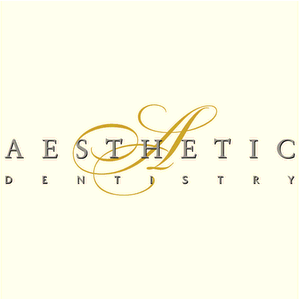Part 1 of this series on smile design gave an overview of the many facets involved in beautifying smiles by design and the many ways of interpreting what is normal or ideal. Our first article discussed the role of the dentist as diagnostician, artist and scientist in meeting you the patient to decide the best course of action for your particular situation. A detailed analysis of your smile is critical to the correct assessment and the appropriate procedures for change or enhancement.
Porcelain veneers within reason allow for the alteration of tooth position, shape, size and color. They require a minimal amount of tooth preparation – in this case reduction (approximately 0.5 mm of surface enamel) and are, therefore, a more conservative restoration than a crown, which requires significant removal of sound tooth structure. Although not the only alternative for all esthetic abnormalities, they are truly a remarkable restoration when they are the treatment of choice.
WHAT IS A VENEER?
Simply stated, a veneer is a thin covering over another surface. In dentistry a veneer is a thin layer of dental restorative material, usually porcelain that replaces enamel. Porcelain was named after its resemblance to the white, shiny Venus-shell, called in Old Italian “porcella”. The curved shape of the upper surface of the Venus-shell resembles the curve of a pig’s back (from the Latin porcella – a little pig). Properties associated with porcelain are high strength, hardness, glassiness, high durability, translucence and high resistance to chemical attack.
Dental porcelain is a type used by dental technicians to create bio-compatible life-like crowns and bridges for dentistry. As you will note from the cases shown, dental porcelains in the right hands can make for spectacular tooth imitations by mimicking tooth enamel perfectly. This is also a testament to the artistic skill of the laboratory technicians with whom the dentist partners in producing life-like precision veneers to create your enhanced smile. The dentist will usually specify a shade of porcelain, corresponding to a set of mixtures in the laboratory containing the porcelain powder. The powder corresponding to the basic tooth color is mixed with water, and then placed in an oven for “firing.” Further layers of porcelain are built up to mimic the natural translucency of the enamel of the tooth.
For more from this article click here.
For more information on learning more about aesthetic dentistry and continuing your dental education, contact Aesthetic Advantage in New York, NY at 212-794-3552. Visit their website at www.aestheticadvantage.com.




